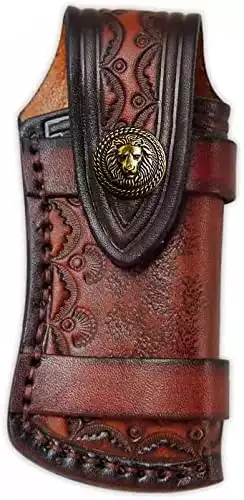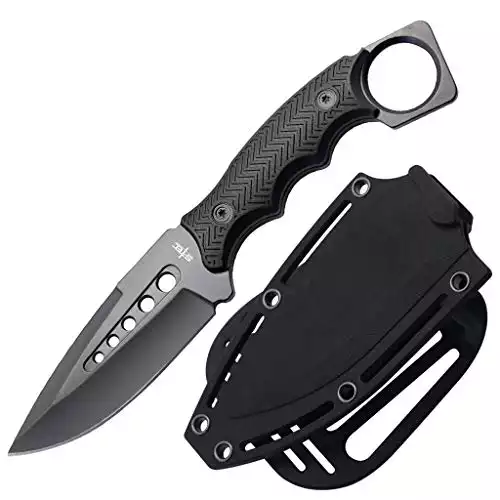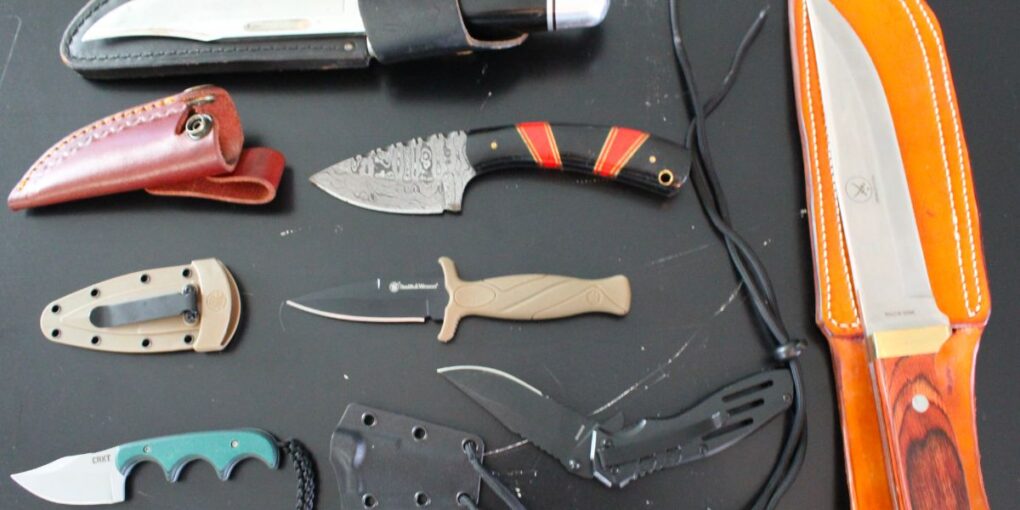
How you carry your knife depends on your intent. Wearing an utility knife in the bush looks very different from using a daily bring (EDC) or even a hidden carry for self-defense.
It likewise depends upon the kind of survival knife. For example, you can wear a folding blade in numerous places where you can’t use a repaired blade.
Regardless of your function, the goal is a balance between ease of bring and reduce of access. The smaller sized the knife, the simpler it is to both bring and conceal. On the other hand, larger knives are simpler to gain access to and in many cases, are more effective.
In as much as possible, holster your knife in a way that supplies the very best of both worlds. Simply make sure to review your regional and state laws prior to sporting any of these carries.
Knife carry positions boil down to a few options:
- Around or near the waist
- Around or near other parts of the body
- On various kinds of rigging
- In your equipment
1. Drop-Leg Dangle
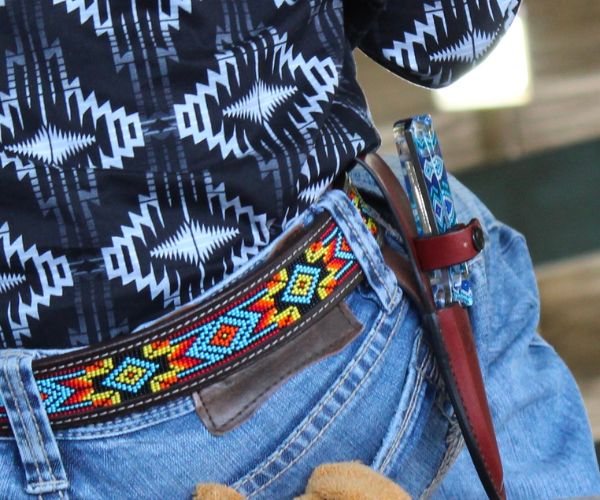
There are several methods to carry a knife around the waist: horizontally, vertically, or some degree in between. You’ll also discover variations of those approaches, such as picking in between a vertical knife used idea up or tip down. You can secure your folding and fixed-blade knife around the waist by your appendix, on your back, or on your sides. We’ll begin with the drop-leg dangle, common among bush crafters and those who wield a bushcraft knife for daily usage on the homestead. As the name implies, your belt runs through the sheath above the deal with and butt of a fixed-blade knife, permitting it to freely hang together with your leg. The advantage is that it allows you to move freely without interference from the knife. It sits low enough that the butt does not infringe upon your chest when trying to take a seat.
It likewise permits your knife to hang listed below any survival belt or rucksack, so it does not hamper access to any of your other equipment.
Numerous don’t like a tumbling knife on the side of their leg. Dangles are likewise susceptible to get tangled up in the bush. To treat this, some modify the bottom of the sheath and attach it to the leg, making it less mobile.
2. Outside Waistband (OWB) Tip Down
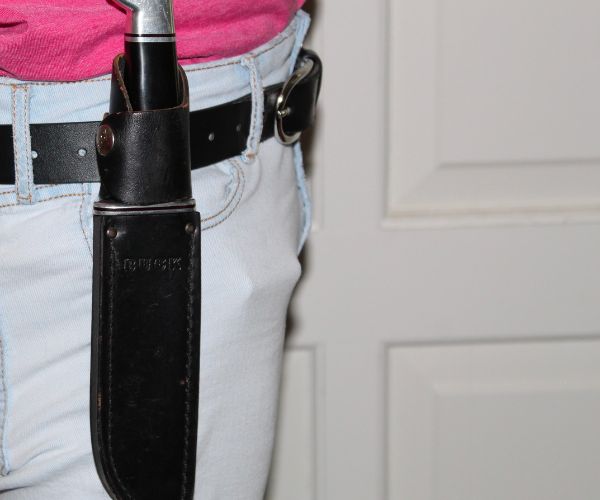
The OWB idea down protects a fixed-blade knife to your belt or midsection a little higher than the leg hang.
Whereas the leg hang locations the butt of the knife listed below your midsection, the basic OWB protects the knife higher up, where the butt of the
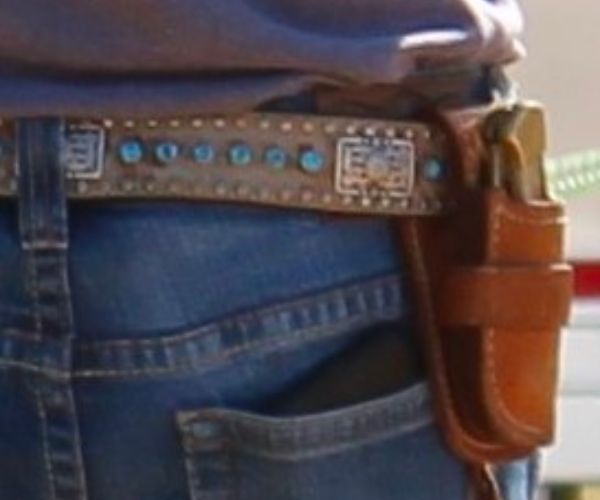
knife is around your abdomen. You can carry a folding blade OWB by merely protecting it to the waist in any position that’s comfy.< img width ="600"height="500"src= 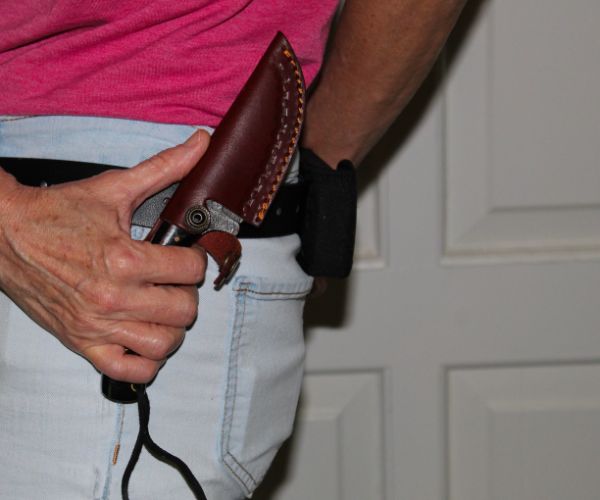
“https://www.primalsurvivor.net/wp-content/uploads/2023/04/Knife-Carry-Position-3.jpg”alt=” Knife Carry Position”/ > Connect it to your belt using a sheath or directly to the waistline of your pants by using its clip. In most cases, folding blades are usually saved pointer down due to the fact that it’s the safer option, and many clip accessories are designed that way.
3. Outdoors Waistband(OWB) Tip Up The OWB suggestion up technique of wearing a knife is basically identical to the pointer down, other than for the instructions of the
blade. Some claim it is
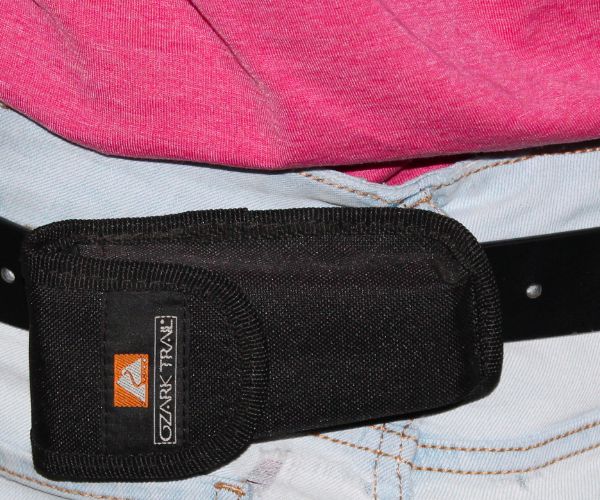
on or just listed below the belt in the little of your back. It allows you to move freely and sit conveniently without your knife getting hung up or needing to be adjusted. While this carry is rather popular, many survivalists discredit bring a sharp blade in the small of your back for security reasons. To accommodate this issue, some carry horizontally in the 3 o’clock or 9 o’clock positions instead. Still, others carry appendix style at the 11 or 1 o’clock position.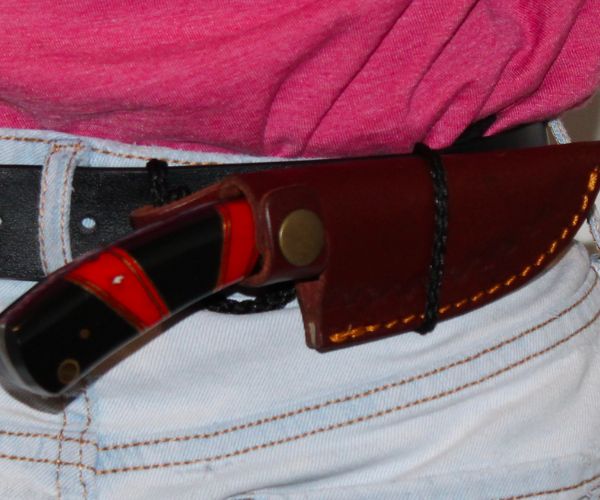
While you can buy a scout-style sheath, you can likewise convert a basic drop leg or OWB sheath using a little paracord. Similarly, many pocket-knife sheaths are scout-style in their style and run horizontally along the belt instead of vertically. 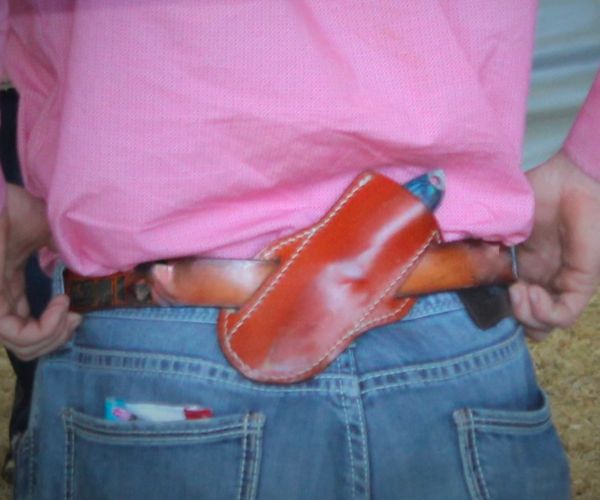
5. Cant Style A cant-style bring is a slightly modified version of the scout, with the blade turned 45 degrees up or down. Lots of knife specialists believe that angled blades release easier and are more comfortable.
The drawback is you limit yourself to one hand. If your dominant hand ends up being handicapped, there’s a likelihood you won’t be able to access your
knife at all. Sheath styles for both scout and
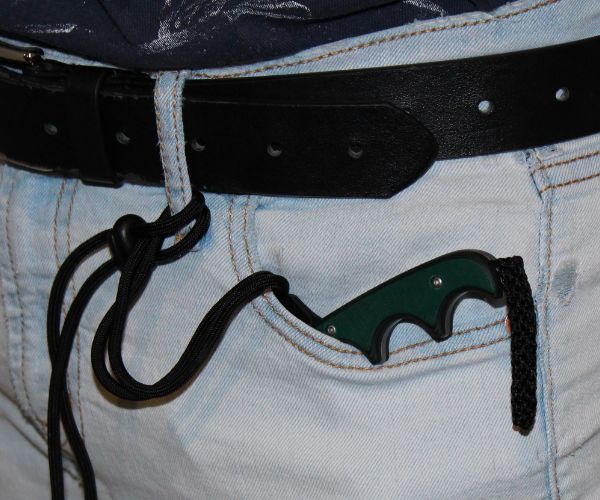
cant styles differ. Some are specially made for cant wear, while others use an adjustable rotating clip that enables you to set the rotation to your personal preference. 6. Static-Line Pocket Bring


